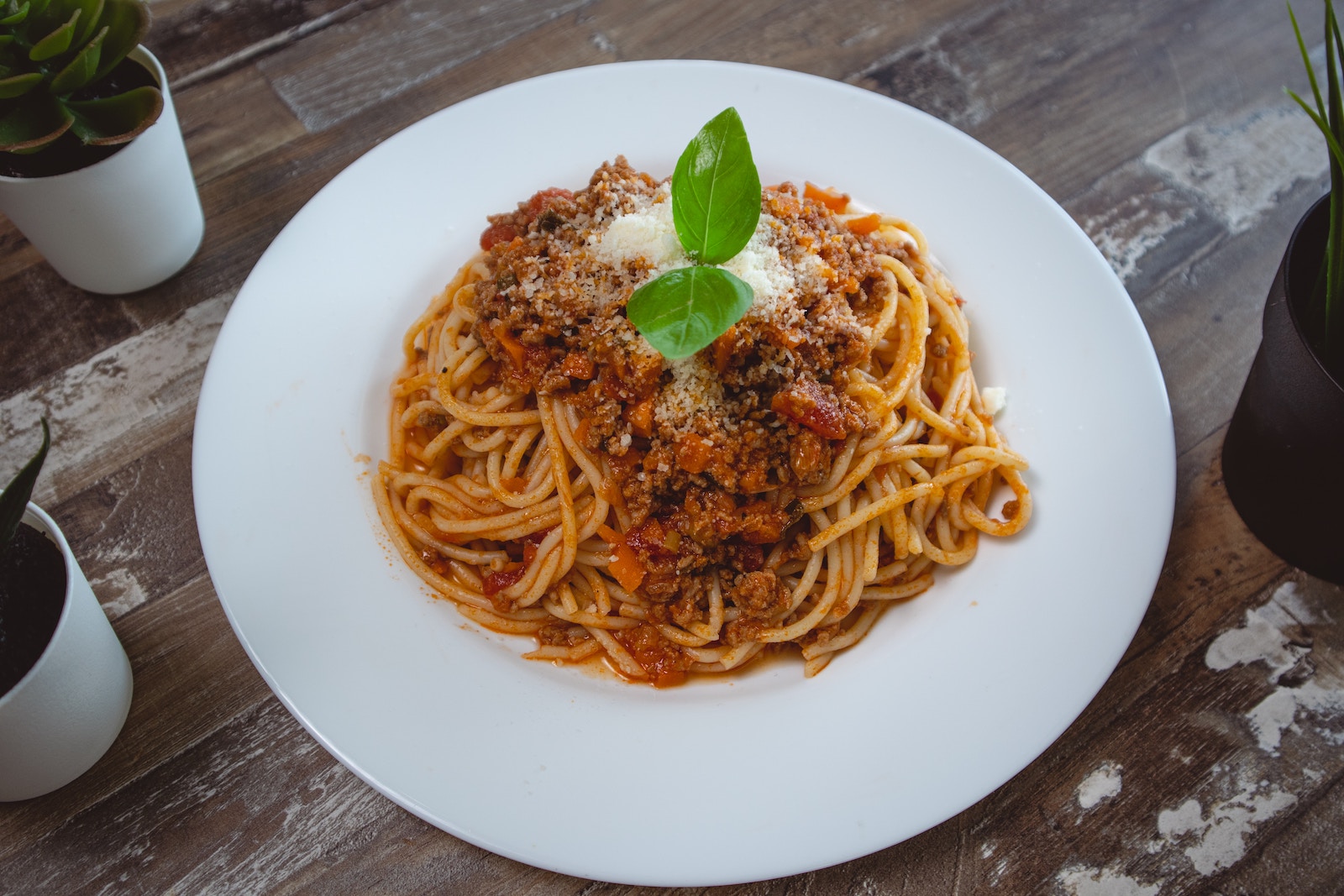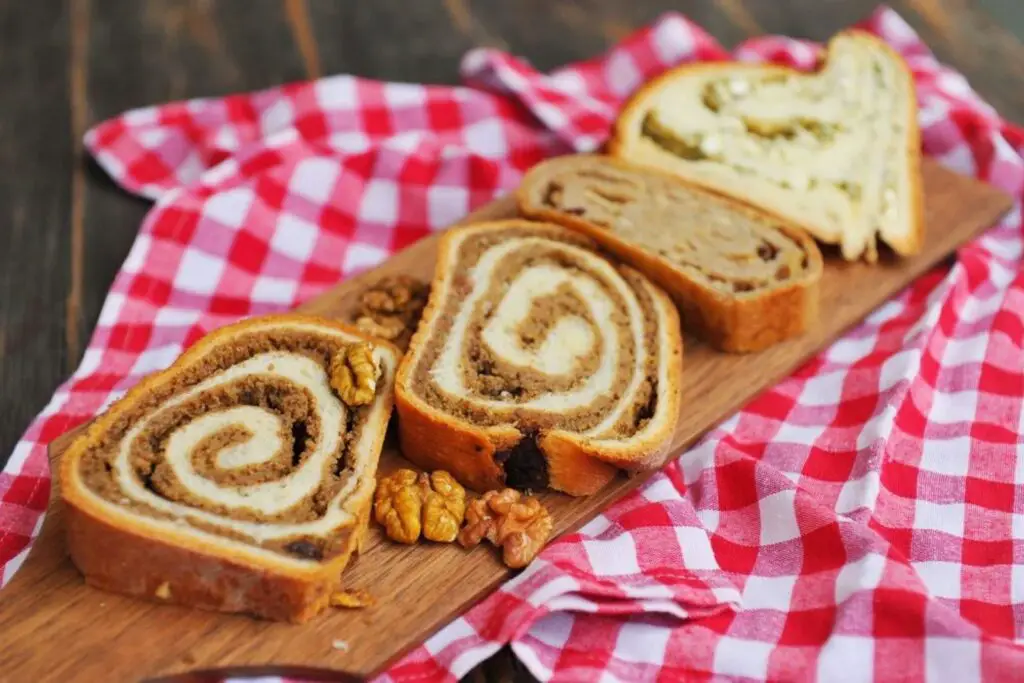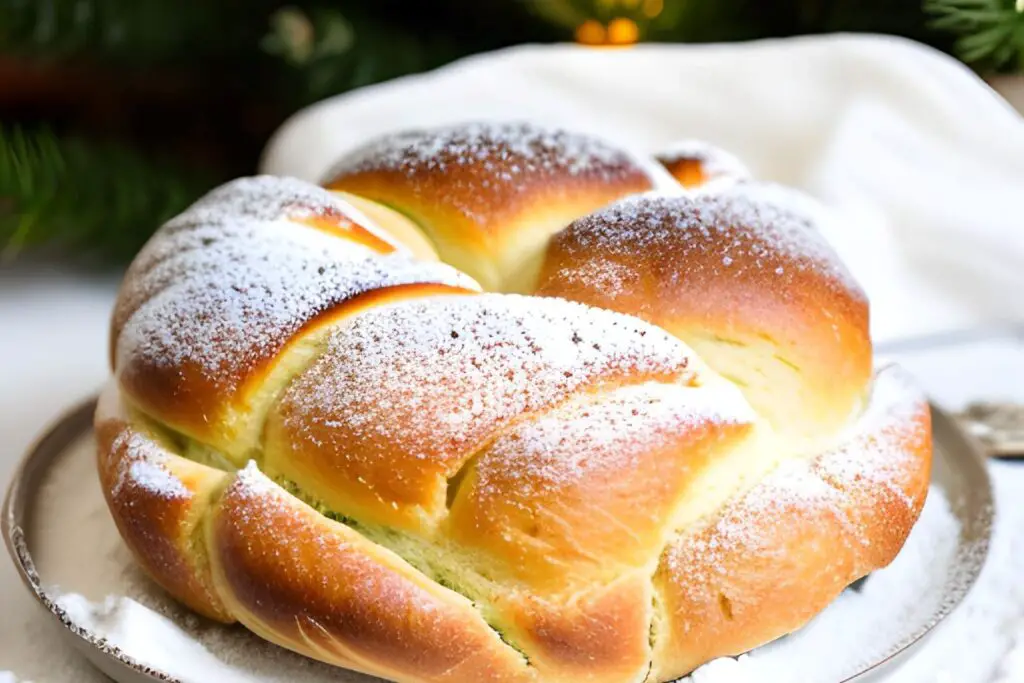
Spaghetti Bolognese, a classic Italian dish, is beloved for its rich flavors and hearty combination of pasta and meat sauce. Whether you’ve whipped up a large batch or have leftovers from a delicious dinner, freezing your Spaghetti Bolognese can be a convenient way to preserve its taste and enjoy it at a later time. By following some simple steps, you can ensure that your frozen Spaghetti Bolognese maintains its original taste and texture. In this article, we’ll provide you with a comprehensive guide on how to freeze Spaghetti Bolognese effectively.
Here’s a step-by-step guide on freezing Spaghetti Bolognese:
Step 1: Prepare your Spaghetti Bolognese
Before you begin the process of freezing your Spaghetti Bolognese, it’s essential to ensure that the dish is properly prepared. This involves cooking and seasoning the Bolognese sauce and pasta to your preferred taste. Here’s a detailed explanation of this crucial step:
- Cooking the Bolognese Sauce: The Bolognese sauce is the heart of the dish, made from a delightful combination of ground meat, tomatoes, aromatic vegetables, and various seasonings. To prepare it, start by sautéing onions, garlic, and celery in a bit of olive oil until they become translucent and fragrant. Then, add the ground meat, which can be a mix of beef, pork, or even a combination of both. Cook the meat until it’s browned and cooked through, breaking it up into smaller pieces with a spoon as it cooks.
- Adding the Flavors: Once the meat is cooked, add tomatoes in the form of tomato paste or canned crushed tomatoes. These tomatoes provide the sauce’s rich base and tangy flavor. To enhance the taste, incorporate aromatic herbs like basil, oregano, and thyme. Season the sauce with salt and pepper according to your taste preferences. Some recipes might call for a touch of red wine, which adds depth and complexity to the flavor profile. Simmer the sauce over low heat, allowing all the flavors to meld together and create a harmonious taste.
- Simmering for Flavor: The longer you let your Bolognese sauce simmer, the more the flavors will develop and intensify. A slow simmer for at least 1-2 hours is recommended, but some recipes even advocate for a longer cooking time to achieve the most robust taste.
- Preparing the Pasta: While the sauce is simmering, cook your spaghetti pasta according to the package instructions. The pasta should be cooked until it’s al dente, meaning it’s firm to the bite. Once cooked, drain the pasta and rinse it with cold water to stop the cooking process and prevent it from becoming mushy.
- Allowing Cooling: After your Bolognese sauce is fully cooked and your pasta is prepared, allow both components to cool down to room temperature before moving on to the freezing process. This step is vital to prevent condensation from forming inside the storage containers or bags, which could lead to freezer burn and affect the quality of the frozen dish.
Step 2: Choose suitable containers
When it comes to freezing your delicious Spaghetti Bolognese, selecting the right type of containers is essential to preserving its flavor, texture, and overall quality. Airtight containers or freezer-safe resealable bags are the ideal choices for this purpose. Here’s a detailed explanation of why these containers are essential and how they contribute to maintaining the integrity of your frozen dish:
- Airtight Containers: Airtight containers are designed to seal tightly, preventing air from entering or exiting the container. This is crucial when freezing food because exposure to air can lead to freezer burn. Freezer burn occurs when moisture within the food turns into ice crystals on its surface due to air contact. These ice crystals can dehydrate the food, causing it to become dry, discolored, and develop an off-flavor. By choosing airtight containers, you create a barrier that safeguards your Spaghetti Bolognese from air exposure, effectively minimizing the risk of freezer burn.
- Freezer-Safe Resealable Bags: If you opt for resealable bags, make sure they are specifically labeled as “freezer-safe.” These bags are made from materials that can withstand the low temperatures of the freezer without becoming brittle or prone to tearing. The resealable feature allows you to remove as much air as possible before sealing the bag, reducing the risk of freezer burn and ensuring your Bolognese maintains its optimal quality.
Benefits of Suitable Containers:
- Prevent Freezer Burn: Both airtight containers and freezer-safe resealable bags create a protective barrier that limits air exposure to your Spaghetti Bolognese. This significantly reduces the likelihood of freezer burn, preserving the taste, texture, and appearance of the dish.
- Maintain Freshness: The tight seal of these containers prevents moisture loss and oxidation, helping to maintain the freshness of your Bolognese sauce and pasta. This means that when you eventually thaw and reheat your dish, it will taste as close to freshly cooked as possible.
- Easy Portioning: Airtight containers and resealable bags come in various sizes, allowing you to portion your Spaghetti Bolognese according to your needs. This way, you can thaw and use only the amount you require, reducing food waste.
- Stackable and Organized: Containers are stackable, making efficient use of freezer space and helping you stay organized. Resealable bags can also be laid flat for space-saving storage.
- Prevent Cross-Contamination: Using containers or bags dedicated to freezing prevents cross-contamination between your frozen Bolognese and other items in the freezer.
Can I freeze spaghetti bolognese in glass containers?
Yes, freezing spaghetti bolognese in glass containers is possible. Choose tempered, freezer-safe glass to prevent breakage due to temperature changes. Leave space for expansion, and avoid tightly sealing until fully frozen.
Step 3: Portion the Spaghetti Bolognese
Dividing your freshly cooked Spaghetti Bolognese into suitable portion sizes is a practical and strategic step in the freezing process. This step ensures that you have conveniently sized servings ready to go when you decide to enjoy your frozen meal. Let’s delve into the reasons why portioning your Bolognese is a smart approach and how it aids in maintaining the quality of your dish:
- Controlled Portions: Portioning your Spaghetti Bolognese allows you to control the quantity of food you freeze. By dividing the dish into individual or family-sized servings, you avoid the need to thaw and refreeze larger quantities, which can lead to a loss of texture and flavor over time.
- Thaw Only What You Need: Portioning enables you to thaw and use only the amount you require for a particular meal. This prevents wastage and ensures that each serving maintains its original taste and texture.
- Quick and Even Thawing: Smaller portions thaw more quickly and evenly compared to larger portions. This is especially beneficial when you’re short on time or craving a spontaneous meal. Faster thawing also reduces the risk of bacterial growth during the thawing process.
- Prevent Overcooking: If you were to freeze a large batch of Bolognese in a single container, reheating the entire batch could result in overcooking. Portioning avoids this issue, as you can reheat each serving separately, preventing the dish from becoming overcooked and maintaining its deliciousness.
- Convenient Meal Planning: With portioned Bolognese, meal planning becomes a breeze. You can take out exactly the number of servings you need, whether it’s for a solo lunch, a family dinner, or a gathering of friends.
- Preserve Quality: Smaller portions freeze more efficiently. They cool down faster, which is important for maintaining the quality of your Bolognese. Rapid cooling helps prevent the growth of harmful bacteria that could compromise the safety and flavor of your dish.
How to Portion:
- Use individual airtight containers or resealable bags for each portion. Make sure to leave some headspace in the container or bag to allow for expansion during freezing.
- For pasta dishes like Spaghetti Bolognese, it’s a good idea to portion the sauce separately from the pasta. This prevents the pasta from becoming mushy during the freezing and reheating processes.
- Consider the size of your family or the number of people you usually serve when determining portion sizes. This helps minimize leftovers and food waste.
Step 4: Fill the containers
As you move forward in the process of freezing your Spaghetti Bolognese, properly filling the chosen containers is a key step to ensure the preservation of your dish’s taste, texture, and overall quality. This step involves carefully transferring your portioned Bolognese into the containers while keeping expansion during freezing in mind. Here’s why filling the containers correctly is important and how it contributes to the success of your frozen meal:
- Maintaining Optimal Quality: Filling the containers correctly helps maintain the optimal quality of your Spaghetti Bolognese. By placing the portioned Bolognese into containers with precision, you minimize the risk of air exposure, which can lead to freezer burn and the degradation of the dish’s taste and texture.
- Preventing Freezer Burn: Freezer burn occurs when food is exposed to air and loses moisture. When moisture in the food turns into ice crystals on its surface due to air exposure, it can cause the food to become dry and discolored. By ensuring that the Bolognese is properly sealed within the container and that there’s enough space to accommodate the expansion of the food as it freezes, you reduce the chances of freezer burn.
- Allowing for Expansion: Liquids, such as sauces and gravies in your Bolognese, tend to expand as they freeze. If you fill containers to their brim without leaving room for expansion, the contents may cause the containers to crack or burst as they freeze. By leaving some space at the top of the container, you give the food the necessary room to expand without causing any damage.
- Preventing Mess: Filling containers to the top can result in messy leaks when the food expands and pushes against the lid. Leaving space at the top prevents spills and leaks that could create a mess in your freezer.
How to Fill Containers:
- Use a spoon to gently transfer the portioned Spaghetti Bolognese into the containers. If you’re using resealable bags, carefully spoon the Bolognese into the bag and press out excess air before sealing.
- Leave about 1 to 1.5 inches of space at the top of the container. This space accommodates the expansion of the food as it freezes, preventing the container from cracking and maintaining an airtight seal.
Step 5: Seal and label
As you progress in freezing your Spaghetti Bolognese, sealing and labeling the containers or resealable bags play a crucial role in maintaining the quality and organization of your frozen meal. Proper sealing and labeling ensure that your Bolognese remains fresh, and it allows you to easily identify and manage your frozen portions. Here’s why sealing and labeling are important and how they contribute to the success of your frozen meal preparation:
- Preserving Freshness: Sealing containers or resealable bags tightly prevents air from entering and coming into contact with your Spaghetti Bolognese. This safeguards the dish against freezer burn and helps maintain its original flavor, texture, and aroma.
- Preventing Contamination: A secure seal acts as a barrier against potential contaminants present in the freezer environment. By properly sealing your containers or bags, you minimize the risk of odors from other foods affecting the taste of your Bolognese.
- Maintaining Moisture Content: A tight seal keeps moisture from evaporating from your Bolognese, preserving its moisture content. This helps prevent the dish from becoming dry and retains its desirable saucy consistency.
- Preventing Freezer Odors: Proper sealing also prevents your Bolognese from absorbing freezer odors, which can affect its taste and overall quality. By sealing the containers tightly, you ensure that your Bolognese remains isolated from other items in the freezer.
- Labeling for Organization: Labeling each container or bag with the date of freezing serves as a helpful reference point. This allows you to keep track of how long each portion has been frozen. Over time, you’ll be able to prioritize using the oldest portions first, ensuring that none of your delicious Bolognese goes to waste.
- Easy Identification: Clear labeling ensures you can easily identify what’s inside each container or bag without having to open them. This saves you time and prevents unnecessary thawing and reheating if you’re only looking for a specific portion size.
How to Seal and Label:
- For airtight containers, secure the lid tightly by following the manufacturer’s instructions. Make sure there are no gaps or openings that could allow air to enter.
- If using resealable bags, carefully press out excess air before sealing the bag shut. Ensure that the closure is secure to prevent any air or moisture from entering.
- Use a waterproof and freezer-safe marker to write the date of freezing on each container or bag. You can also note the portion size if it’s not already clear.
- Place the labels on the front or top of the containers/bags for easy visibility when searching through your freezer.
- If you’re freezing multiple portions, consider arranging containers or bags in an orderly manner for efficient use of space.
Step 6: Freeze the Bolognese
Now that you’ve properly portioned, filled, sealed, and labeled your Spaghetti Bolognese, it’s time to move on to the freezing stage. Freezing your dish effectively involves placing the containers or bags in the coldest part of your freezer while ensuring proper airflow for efficient freezing. Here’s why this step is important and how it contributes to the successful freezing of your Bolognese:
- Maintaining Quality: The goal of freezing is to preserve the quality, flavor, and texture of your Spaghetti Bolognese. Placing the portions in the coldest part of your freezer helps ensure that the temperature drops rapidly, which is essential for maintaining the food’s freshness.
- Rapid Freezing: Quick freezing is key to preserving the cellular structure of your Bolognese. When food freezes slowly, larger ice crystals can form, potentially compromising the texture and taste. Rapid freezing, on the other hand, creates smaller ice crystals, resulting in minimal damage to the food’s integrity.
- Avoiding Temperature Fluctuations: The coldest part of the freezer experiences the least temperature fluctuation. Placing your Bolognese portions in this area minimizes the risk of temperature fluctuations that can lead to thawing and refreezing, which can affect the quality of your dish.
- Proper Airflow: Overcrowding the freezer can restrict proper airflow, causing uneven freezing and potential temperature variations. Ensuring that there’s enough space around each container or bag allows cold air to circulate evenly, promoting uniform freezing.
- Efficient Use of Energy: Placing your Spaghetti Bolognese portions in the coldest part of the freezer means they’ll freeze faster. This not only helps maintain the food’s quality but also contributes to energy efficiency by reducing the time the freezer needs to work to reach the desired temperature.
- Preventing Cross-Contamination: By placing your Bolognese portions away from other items, you minimize the risk of cross-contamination. This separation helps prevent the transfer of flavors and odors between different foods in the freezer.
How to Freeze Effectively:
- Choose the Coldest Part: Identify the coldest part of your freezer, which is often located toward the back or bottom. This area experiences less temperature fluctuation due to its proximity to the cooling source.
- Allow Space: Arrange your sealed containers or bags with enough space between them. Avoid overcrowding to ensure proper airflow around each portion.
- Avoid Blocking Vents: If your freezer has vents or airflow outlets, make sure they’re not blocked by placing your Bolognese portions in a way that allows air to circulate freely.
- Use a Baking Sheet: If you’re concerned about containers or bags sticking to freezer shelves, place them on a baking sheet or tray before putting them in the freezer. This also helps prevent any potential leaks from spreading to other items.
How long can I safely store frozen spaghetti bolognese?
Frozen spaghetti bolognese can be safely stored for 2-3 months in a standard freezer. While it might still be safe to consume after this period, prolonged storage could lead to degradation in taste and texture. Proper packaging and temperature maintenance are essential for optimal quality.
Step 7: Thaw and reheat
After patiently waiting for your frozen Spaghetti Bolognese to be ready for consumption, it’s time to thaw and reheat the portion you wish to enjoy. Thawing and reheating require careful handling to ensure your dish remains safe to eat and maintains its delightful flavors. Here’s why this step is essential and how to effectively thaw and reheat your frozen Bolognese:
- Preserving Quality: Thawing and reheating your Spaghetti Bolognese with care helps maintain its original taste, texture, and aroma. Proper techniques prevent overcooking and ensure that your meal is as enjoyable as when it was first prepared.
- Thawing Safely: The refrigerator is the safest method for thawing frozen food. Transfer your portioned Bolognese from the freezer to the refrigerator and allow it to thaw overnight. This gradual thawing process minimizes the growth of harmful bacteria that can thrive in the “danger zone” temperature range (40°F to 140°F or 4°C to 60°C).
- Even Thawing: Thawing in the refrigerator ensures even and consistent thawing throughout your Bolognese portion. This helps prevent variations in texture and taste that can occur with other thawing methods.
- Avoiding Temperature Shock: Gradual thawing in the refrigerator also prevents temperature shock, which can occur when frozen food is exposed to high heat or water. Sudden temperature changes can affect the quality of the dish.
- Reheating Options: Once your portion is thawed, you can choose from several reheating methods based on your preferences:
- Microwave: Microwaving is a convenient and quick option. Place the thawed Bolognese in a microwave-safe dish, cover it with a microwave-safe lid or microwave-safe plastic wrap, and heat it in short intervals, stirring occasionally to ensure even heating.
- Stovetop: Reheating on the stovetop allows for more control over the process. Transfer the thawed Bolognese to a saucepan and reheat over low to medium heat, stirring regularly to prevent sticking and ensure even warming.
- Oven: Reheating in the oven is a great choice for maintaining the dish’s texture. Preheat the oven to a low temperature (around 300°F or 150°C), place the Bolognese in an oven-safe dish, cover it with aluminum foil to prevent drying out, and reheat for a short time, checking periodically.
- Avoid Overcooking: To prevent overcooking, be attentive and avoid prolonged heating. Overcooking can lead to dryness and affect the overall quality of your Bolognese.
- Enjoyment: Once your Bolognese is thoroughly reheated, serve it over your favorite pasta, sprinkle with grated cheese and fresh herbs, and savor the flavors you’ve preserved from the initial cooking.
Other related questions
Can I refreeze spaghetti bolognese?
Refreezing Spaghetti Bolognese is generally not recommended due to quality and safety concerns. Each freeze-thaw cycle can affect taste and texture, leading to potential loss of quality. Additionally, repeated temperature fluctuations can promote bacterial growth, compromising safety.
How do I know if the spaghetti bolognese has gone bad after being frozen?
Inspect for changes in color, texture, or odor. If it appears discolored, mushy, or emits an off-putting smell, discard it. Taste a small portion; if it tastes noticeably different or unpleasant, it’s likely spoiled.
Can I add fresh herbs or cheese before freezing?
It’s advisable to add fresh herbs and cheese after reheating frozen spaghetti bolognese. Freezing can alter their texture and flavor. Incorporate them as garnishes when serving to enhance the dish’s taste.
Can I freeze leftover restaurant-made spaghetti bolognese?
Yes, leftover restaurant-made spaghetti bolognese can be frozen. Ensure it’s cooled properly before freezing to maintain quality. Follow the freezing steps to preserve its taste and texture.
Is it safe to freeze spaghetti bolognese with dairy-based sauces?
Freezing dairy-based sauces, like creamy Bolognese, can cause separation and texture changes. Reheat gently to mitigate texture issues. Dairy-free options freeze more successfully.
Can I freeze spaghetti bolognese with ground turkey instead of beef?
Yes, you can freeze spaghetti bolognese with ground turkey instead of beef. Follow the same freezing steps, ensuring the turkey is cooked thoroughly before freezing. Proper packaging and storage are essential for maintaining taste and safety.








